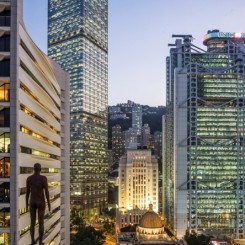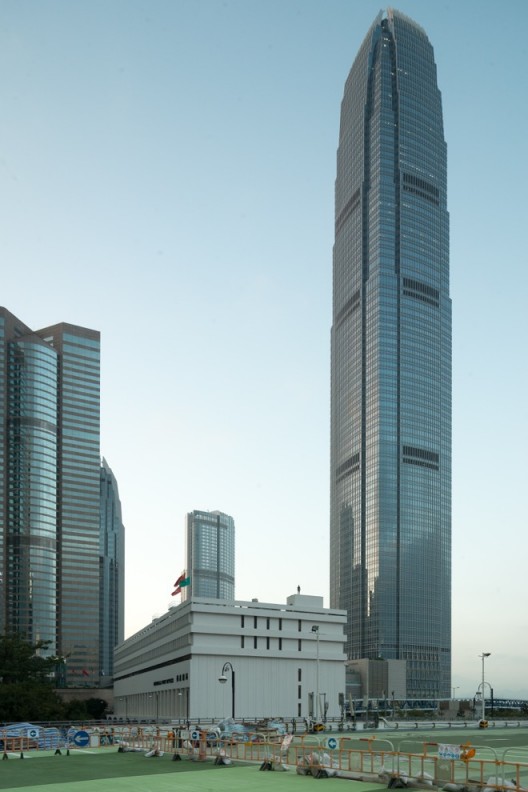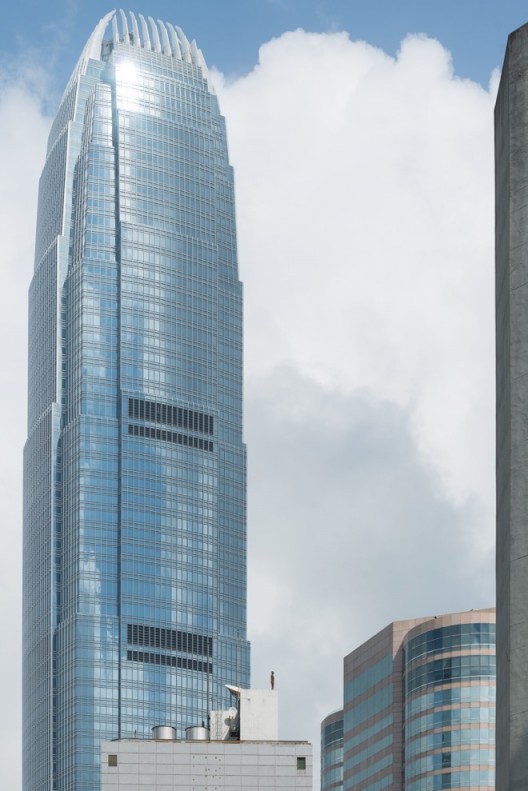Event Horizon by Antony Gormley
Carious Spaces across Central and Admiralty in Hong Kong, Nov 19, 2015–May 18, 2016
Following his solo exhibition at White Cube last year, Anthony Gormley’s name has once again popped up in Hong Kong. This time, though, his works are not confined to a gallery space: 31 sculptures by the artist, modeled on the human body, have been mounted on the rooftops of buildings—mostly highrises—in a one square kilometer area around City Hall, spanning from Admiralty to Central. Dubbed “the largest and most prolific public art installation in Hong Kong”, the project originally debuted in London in 2007, and has since made its rounds in Amsterdam, São Paulo, Rio de Janeiro and other cities. Nevertheless, the exhibition has provoked some controversy, necessitating a reflection on the status of public art in Hong Kong.
All 31 sculptures are modeled on the artist’s 188 cm frame. Of these, 27 of them are made of fiberglass and weigh 30 kg, and are mounted on rooftops inaccessible to most. The other four are cast iron sculptures weighing 630 kg; these have been installed at ground level in Hong Kong Park and Statue Square, and near Lung Wo Road and Queen’s Road Central. Gormley refers to this series of sculptures as a form of “acupuncture” for the city: “The insertion of the sculpture is like the insertion of acupuncture needles within a collective body, which releases forces otherwise inaccessible”. In the coming months, these sculptures will temporarily alter the shape of Hong Kong’s skyline. Yet Gormley wants to change more than the skyline. He wants to lift the lowered heads of the busy passers-by on the streets of Central—all those walking briskly, eyes firmly glued to their mobile phones—the artist wants them to think seriously about the relationship between the individual and the urban environment. In his artist statement, he writes, “Within the condensed environment of Hong Kong, the tension between the palpable, perceivable and imaginable is heightened. My intention is to get the sculptures as visible as possible against the sky, allowing each to be seen as a body against light and space, entering in and out of visibility to those walking the streets…. In the process of seeking and finding (or seeking and perhaps not finding) perhaps we can re-assess our own position in the world.”
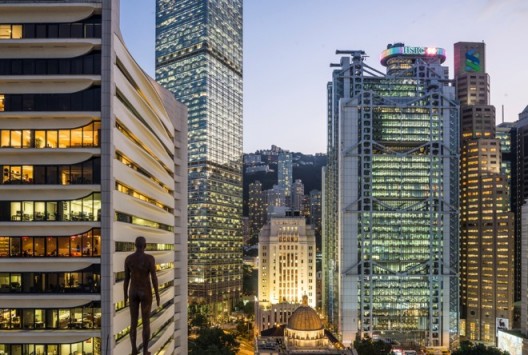
Event Horizon | presented in Hong Kong by the British Council, 2015 | Photography by Oak Taylor-Smith
视界 香港︱英国文化协会主办, 香港, 2015︱照片由Oak Taylor-Smith拍摄
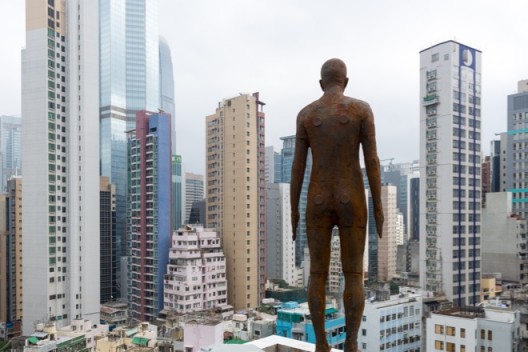
Event Horizon | presented in Hong Kong by the British Council, 2015 | Photography by Oak Taylor-Smith
视界 香港︱英国文化协会主办, 香港, 2015︱照片由Oak Taylor-Smith拍摄
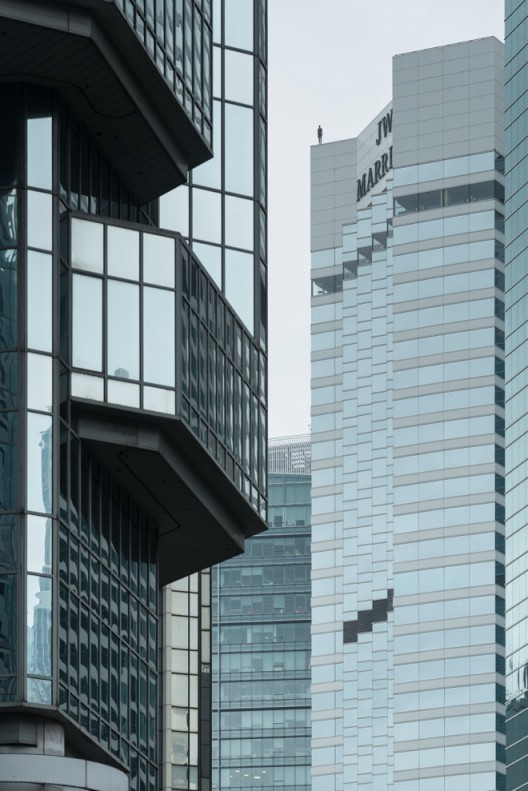
Event Horizon | presented in Hong Kong by the British Council, 2015 | Photography by Oak Taylor-Smith
视界 香港︱英国文化协会主办, 香港, 2015︱照片由Oak Taylor-Smith拍摄
What the artist did not predict, however, was the controversy his project would provoke even before being installed; problems arose within a week of the launch in 2015. At the end of an interview with Randian last year, Gormley mentioned that the project was supposed to run concurrently with his solo exhibition at White Cube, but due to a series of complications, “Event Horizon — Hong Kong” was delayed. These “complications” mainly refer to the withdrawal of a key sponsor—Hong Kong Land—after a JP Morgan Chase employee jumped from the rooftop of one of the company’s buildings in Central in 2014. Events have borne out HK Land’s concerns: After the sculptures were installed, the police began receiving calls from concerned citizens about people appearing at the edge of rooftops, who looked as though they were ready to jump. And then Paul S. F. Yip, Director of the Hong Kong Jockey Club Centre for Suicide Research, weighed in, opining that the exhibition could have negative repercussions, seeing as 50% of those who chose to end their lives last year in Hong Kong jumped from highrises. He suggested moving the works into a museum or some other indoor space in order to give people the choice of viewing the works or not. Similar concerns had of course been raised previously in other cities. In New York, the police even issued an official public service announcement.
Aside from this, less than a week after one of the sculptures was installed on bustling Queen’s Road Central, it was fenced off by the Hong Kong Highways Department. When questioned online, a spokesperson explained that the Highways Department had received “complaints” about the sculpture, and fenced off the area for inspection—only reopening the area after confirming the footpath was in “proper condition”.
Hong Kong has a great number of restrictions on the use of public spaces. For example, in Kowloon Park, in addition to the usual bans on littering and public urination, cycling and dog walking are also banned in the list of twelve banned activities. Another example is the ban on eating and drinking on the MTR (subway), which continues to incite furious online debate (not least between locals and Mainland Chinese visitors). Banning something is the easiest, most direct, and uncomplicated way to approach potentially thorny situations; it is also the favored tactic of the Hong Kong Government. This mindset has made it more and more difficult to launch quality projects in Hong Kong’s public spaces. “Event Horizon — Hong Kong” was only successfully implemented since the organizers took a top-down approach by securing the government’s support at the outset.
It was not Gormley’s intention to spark a debate on censorship in Hong Kong, but these unforeseen voices of opposition have raised a question: What does public art mean to Hong Kong? Jürgen Habermas defined the “public sphere” as “a realm of our social life in which something approaching public opinion can be formed. Access is guaranteed to all citizens. A portion of the public sphere comes into being in every conversation in which private individuals assemble to form a public body.” A successful public art project, then, should inspire public debate, and Gormley’s project has clearly achieved this goal. For better or worse, individuals from different social groups have put in their two cents. All this chatter, however, is difficult to assess objectively, and media reports certainly cannot be used simply as the metric. For example, a giant rubber duck designed by Dutch artist Florentijn Hofman floated in Victoria Harbor from May 2 to June 9, 2013, but despite the popularity of the installation and the massive commercial revenues generated, it is doubtful whether or not the work actually inspired people to reflect at all. In other words, though whatever public discourse on art may classify a work of art as “good”, the work itself may ultimately not have much of an effect on art or on society.
In the 247th issue of Artco, Jeff Leung, a Hong Kong curator and critic, published an article entitled “Hong Kong Artists: Two Faces under One System”. He lists examples of Hong Kong artists who encourage public participation by engaging in artistic creation in public spaces, and regard Hong Kong’s “Occupy culture” as a means for citizens to practice “spatial politics”. Examples of this are events held in Hong Kong’s Times Square by Luke Ching Chin Wai including “Lee Kit’s Picnic” and “Hijacking Times Square”, and the later “Grass Maps” which advocated freedom of movement on public lawns. Clearly, Hong Kong does not lack public art, though local artists tend to have a limited scope due to “grassroots strategies”, organizing from the bottom-up. They do leave an impression on participants, and the public is more inclined to support them (unlike entertainment, the value of public art cannot really be determined solely by popularity). When overseas artists bring their work to Hong Kong, they often have the support of the government or foundations. In these cases support comes from the top-down, and the projects receive much more media exposure.
The production process, the display location, and the significance of public art are key points of difference from other art forms. A public art project should arguably express community values, improve the social environment, reconfigure the spectacular, strengthen awareness, or challenge received ideas. The artist acts as a conduit for capturing, transmitting, and responding to current contexts and social environments. Gormley had strong ideas in selecting the sites for “Event Horizon — Hong Kong”; these “avatars” of the artist appear to be silently watching over the social protests that took place right there a year ago. When discussing the significance of this project in the South China Morning Post, the artist chose his words carefully, “How we occupy Central has changed and that change is for the good…. The weight of the installation would have had less resonance two years ago.” By insisting on having his works installed in iconic locations like Central and Admiralty, Gormley seems intent on questioning Hong Kong’s identity and core values. Is Hong Kong merely a financial center concerned with numbers? Do other values exist, and how so? One only wonders if the elites in Central passing by the installations every day will get Gormley’s intent. Or perhaps all eyes remain glued to Blackberries, without even noticing anything different.
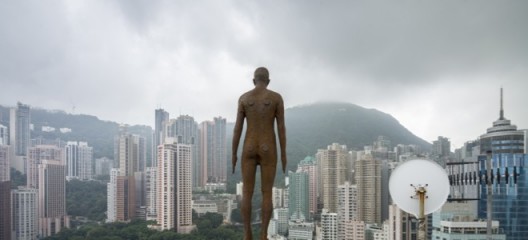
Event Horizon | presented in Hong Kong by the British Council, 2015 | Photography by Oak Taylor-Smith
视界 香港︱英国文化协会主办, 香港, 2015︱照片由Oak Taylor-Smith拍摄
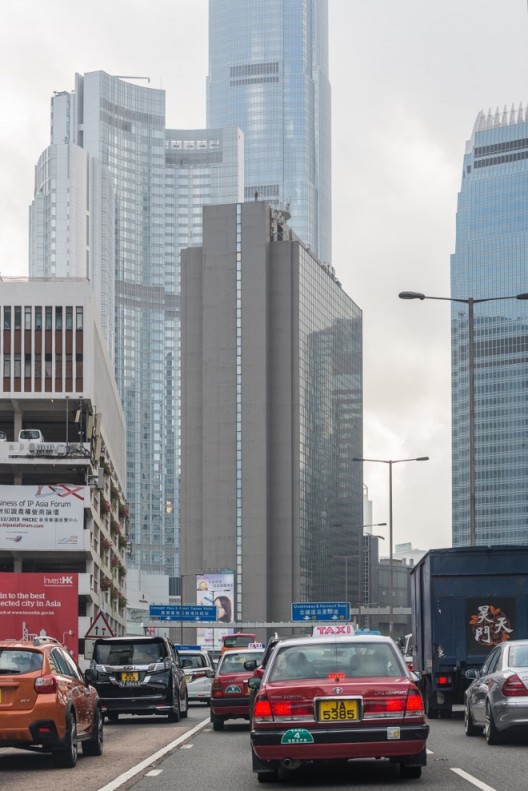
Event Horizon | presented in Hong Kong by the British Council, 2015 | Photography by Oak Taylor-Smith
视界 香港︱英国文化协会主办, 香港, 2015︱照片由Oak Taylor-Smith拍摄
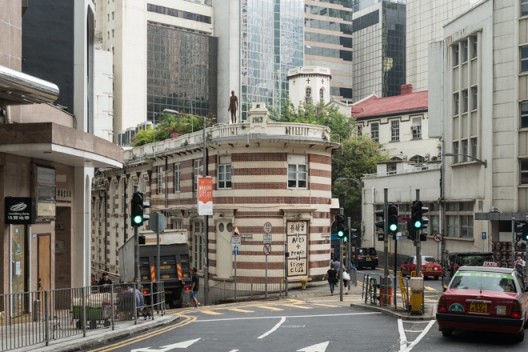
Event Horizon | presented in Hong Kong by the British Council, 2015 | Photography by Oak Taylor-Smith
视界 香港︱英国文化协会主办, 香港, 2015︱照片由Oak Taylor-Smith拍摄
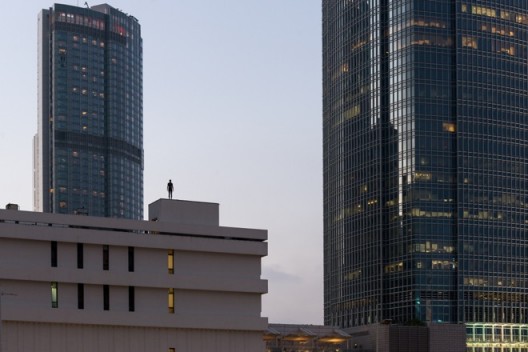
Event Horizon | presented in Hong Kong by the British Council, 2015 | Photography by Oak Taylor-Smith
视界 香港︱英国文化协会主办, 香港, 2015︱照片由Oak Taylor-Smith拍摄

